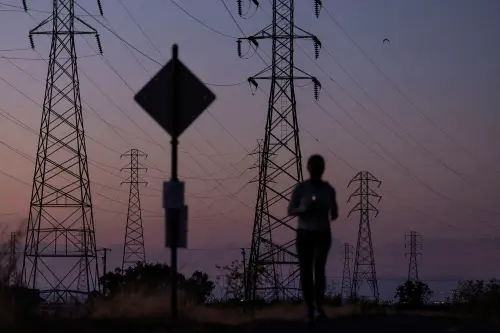At the CERAWeek conference in Houston, concerns have been raised by energy executives and regulators regarding the ability of the aging U.S. electrical grid to support the rapid growth of AI data centers. The expansion of these massive computer facilities, each capable of consuming power equivalent to a mid-sized U.S. city at a single location, is driving U.S. electricity consumption to unprecedented levels. Forecasts indicate that data center demand will triple in the next three years, potentially accounting for 12% of the total U.S. power supply.
Samir Vora, a senior executive at Mitsubishi Power Americas, noted the challenges posed by the current growth trajectory in a recent interview, stating that the strain on the grid is becoming more evident. As older fossil fuel generators retire and new infrastructure faces delays in interconnection queues, maintaining the necessary balance between supply and demand to prevent blackouts becomes increasingly complex.
Speaking at the conference, Mark Christie of the Federal Energy Regulatory Commission highlighted the urgent need to address grid reliability. He noted that the situation is particularly critical within PJM Interconnection, the largest electrical grid in the U.S. covering 13 states and the District of Columbia. PJM's region boasts the highest density of data centers globally, with Virginia alone handling around 70% of the world's internet traffic.
Manu Asthana, CEO of PJM, acknowledged the challenges ahead but expressed optimism that solutions can be found, emphasizing the need for prompt action to address the looming issue of supply shortages. PJM's forecasts predict a significant increase in peak demand driven primarily by data centers, underscoring the critical need for additional power generation capacity.
Looking forward, FERC's Christie cautioned that without substantial investment in new power infrastructure, the strain on supply and demand experienced in PJM's territory could extend to other regions across the country. The urgency of the situation is clear, as addressing these mounting challenges will require coordinated efforts to ensure the resilience and reliability of the nation's electric grid.
